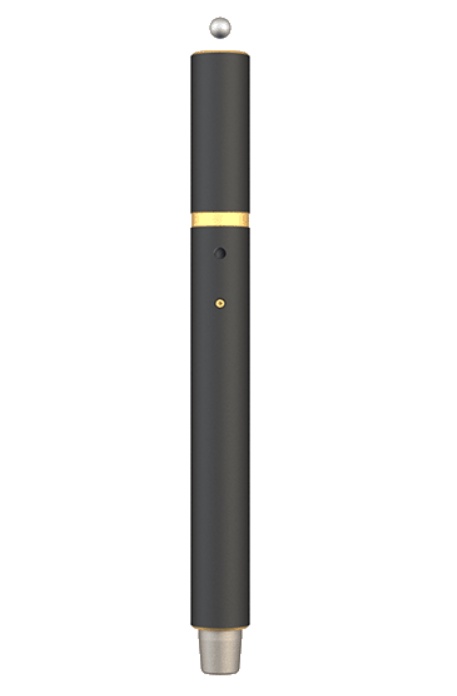Jetting techniques and equipment for drilling
What is jetting in drilling? In drilling operations, jetting plays a crucial role in various stages of the process. Jetting involves the use of high-velocity water or other fluids to effectively cut through soil or rock formations. This technique is widely used in the construction industry, especially in drilling boreholes for water wells, geotechnical investigations, and environmental sampling. To better understand the mechanics behind jetting in drilling operations, let’s explore the different techniques and equipment used in this process.
Hydraulic Jetting: Hydraulic jetting is a commonly used technique in drilling operations. It involves the use of high-pressure water jets to erode the formation and create a borehole. This technique is particularly effective in drilling through cohesive soils, such as clays and silts. Hydraulic jetting equipment typically consists of a high-pressure pump, jet nozzles, and a drilling rig. The high-pressure water is forced through the jet nozzles, which create a high-velocity stream that dislodges the soil or rock particles.
Air Jetting: Air jetting, also known as air percussion drilling, is another popular technique used in drilling operations. Instead of using water, air is used to create a high-velocity jet that dislodges the formation. This technique is particularly effective in drilling through consolidated rock formations, such as sandstone and limestone. Air jetting equipment typically consists of an air compressor, drill stem, and a drilling rig. The high-pressure air is forced through the drill stem, creating a high-velocity jet that fractures and chips away at the rock formation.
Mud Jetting: Mud jetting, also known as mud rotary drilling, combines the principles of hydraulic jetting and drilling mud circulation. This technique is commonly used in drilling operations where the formation is unconsolidated or contains loose material, such as sand and gravel. Mud jetting equipment typically consists of a drilling rig, mud pump, and drill stem. The drilling mud, which is a mixture of water, bentonite, and additives, is circulated through the drill stem and out through the jet nozzles. The high-velocity mud jet effectively erodes the formation and creates a borehole.
Advancements in jetting technology for drilling:
Over the years, there have been significant advancements in jetting technology for drilling operations. These advancements have led to improved drilling efficiency, increased penetration rates, and reduced environmental impact. Here are some notable advancements in jetting technology:
1. High-Pressure Jetting Systems: The development of high-pressure jetting systems has revolutionized the drilling industry. These systems can generate ultra-high pressures, allowing for faster cutting speeds and improved formation penetration. Additionally, high-pressure jetting systems have better control over the water jet, enabling more precise drilling in complex formations.
2. Jetting Nozzle Designs: The design of jetting nozzles has also evolved to optimize drilling performance. Advanced nozzle designs, such as diamond orifices, have improved wear resistance and extended nozzle life. Additionally, specialized nozzle configurations, such as multi-jet nozzles or oscillating nozzles, have been developed to enhance the cutting action and reduce energy consumption during drilling.
3. Automation and Control Systems: The integration of automation and control systems has improved the efficiency and safety of jetting operations. Automated jetting systems can adjust the water pressure and flow rate in real-time, based on the encountered formation conditions. This ensures optimal drilling performance and minimizes the risk of equipment damage or operator error. Advanced monitoring and control systems also provide real-time feedback on drilling parameters, allowing for immediate adjustments and optimization.
4. Environmental Considerations: With increased environmental awareness, there has been a focus on developing jetting technologies that minimize the environmental impact of drilling operations. The use of biodegradable drilling fluids, such as vegetable oil-based muds, reduces the potential for soil and water contamination. Additionally, the development of water recycling systems allows for the efficient reuse of drilling fluids, reducing water consumption and waste generation.
Case studies highlighting successful jetting applications in drilling:
To further illustrate the effectiveness of jetting in drilling operations, let’s explore some case studies that highlight successful applications of this technique:
1. Borehole Construction for Water Wells: In a project aimed at providing clean drinking water to a rural community, hydraulic jetting was used to construct boreholes. The high-velocity water jets effectively penetrated the hard rock formations, allowing for the installation of water wells. This method proved to be more cost-effective and time-efficient compared to traditional drilling techniques.
2. Geotechnical Investigations: In a geotechnical investigation for a construction project, mud jetting was employed to collect soil samples. The high-velocity mud jets easily penetrated the loose soil, enabling the collection of representative samples for analysis. This method provided valuable information for designing the foundation of the proposed structure.
3. Environmental Sampling: In an environmental sampling project, air jetting was utilized to collect samples from contaminated soil. The high-velocity air jets dislodged the soil particles, allowing for the extraction of samples for laboratory analysis. This method ensured minimal disturbance to the surrounding environment while providing accurate data for remediation purposes.
In conclusion, What is jetting in drilling? understanding the mechanics behind jetting in drilling operations is essential for optimizing drilling efficiency and achieving successful outcomes. The different jetting techniques, such as hydraulic jetting, air jetting, and mud jetting, offer versatile solutions for various drilling applications. Advancements in jetting technology, including high-pressure systems, improved nozzle designs, automation, and environmental considerations, have further enhanced the effectiveness and sustainability of jetting in drilling operations. Through the analysis of case studies, it is evident that jetting techniques have proven successful in borehole construction, geotechnical investigations, and environmental sampling. By utilizing the right jetting techniques and equipment, drilling operations can be performed with greater efficiency, accuracy, and environmental responsibility.


No comments yet